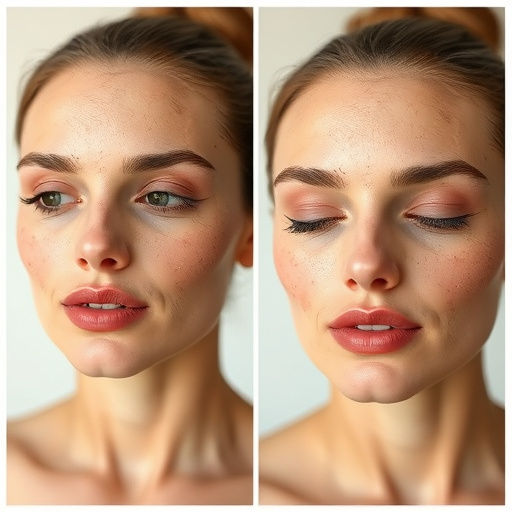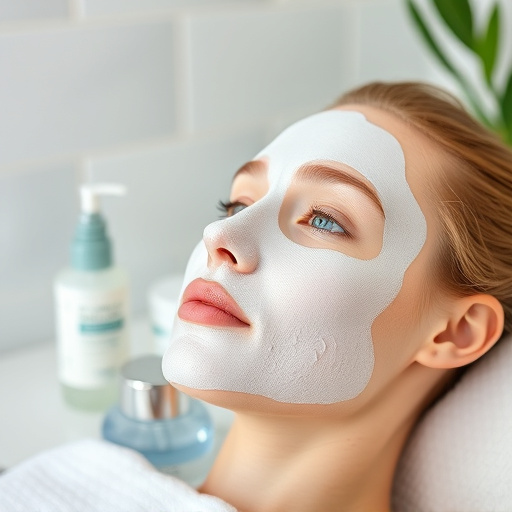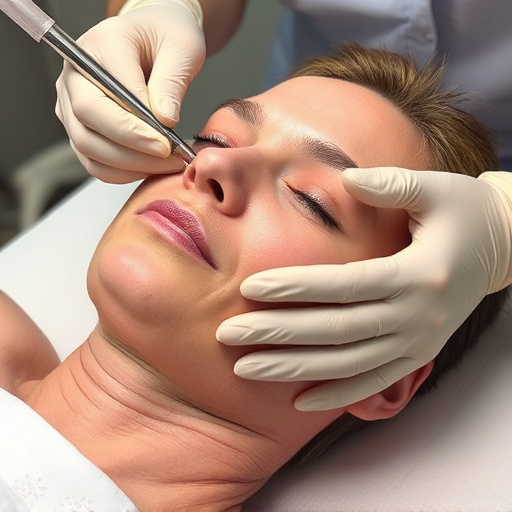Melasma, a skin condition causing dark face patches, is treated through targeted melanin production regulation. Options range from OTC hydroquinone and retinoids to professional chemical peels and laser therapy. Personalized skincare approaches consider skin type for safe treatment. Non-invasive procedures like chemical peels and laser hair removal effectively reduce hyperpigmentation. Body contouring treatments also enhance skin texture and tone, providing radiance restoration for melasma sufferers.
Melasma, often referred to as the ‘mask of pregnancy,’ is a common skin condition characterized by dark patches on the face. This article explores top melasma treatments suitable for all skin types. We delve into understanding the causes and impact of this condition, providing an insightful guide to effective topical solutions for uneven skin tone. Additionally, it covers non-invasive procedures known to reduce hyperpigmentation, offering a comprehensive resource for those seeking relief from melasma.
- Understanding Melasma: Causes and Impact on Skin
- Topical Treatments for Uneven Skin Tone
- Non-Invasive Procedures to Reduce Hyperpigmentation
Understanding Melasma: Causes and Impact on Skin

Melasma is a skin condition characterized by dark patches on certain areas of the face, most commonly the cheeks, forehead, and bridge of the nose. It’s not just an aesthetic concern; melasma can significantly impact one’s self-confidence and overall sense of well-being. The exact causes of melasma are multifaceted, with hormonal fluctuations, sun exposure, and certain skin conditions like rosacea playing a significant role. These factors lead to an overproduction of melanin, resulting in the discolored patches that define melasma.
Understanding the root causes is crucial when exploring melasma treatments. Many effective melasma treatment options focus on inhibiting melanin production or fading existing dark spots. Anti-aging treatments, often incorporating ingredients like vitamin C and retinoids, can help regulate melanin synthesis. Facial treatments targeting hyperpigmentation, such as chemical peels and laser therapy, offer more aggressive approaches to even out skin tone. Moreover, aesthetic treatments that protect the skin from sun damage, like broad-spectrum sunscreens and topikal antioxidants, are essential preventive measures for managing melasma in all skin types.
Topical Treatments for Uneven Skin Tone
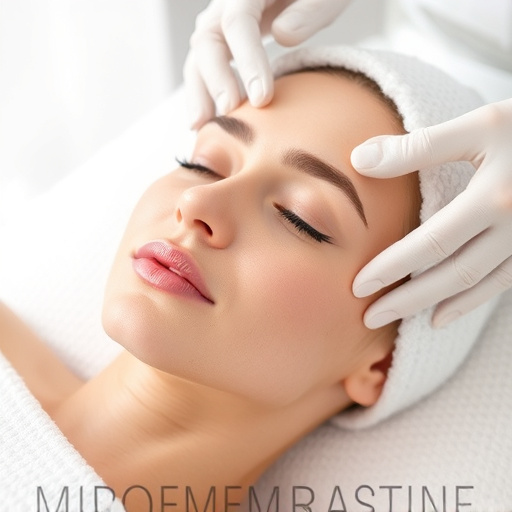
Melasma treatment options vary, but topical treatments are a popular choice for addressing uneven skin tone. Many over-the-counter creams and serums contain ingredients like hydroquinone, retinoids, and alpha hydroxy acids (AHAs) that help lighten dark patches caused by melasma. These ingredients work by inhibiting melanin production or exfoliating the top layer of skin to reveal a brighter, more even complexion.
For those seeking more robust results, professional skincare treatments offer a range of options tailored to individual needs. Chemical peels and laser therapy are effective for skin tightening and reducing the appearance of melasma. A personalized skincare approach considers your unique skin type and concerns, ensuring that the chosen treatment is safe and suitable for your specific case of melasma.
Non-Invasive Procedures to Reduce Hyperpigmentation
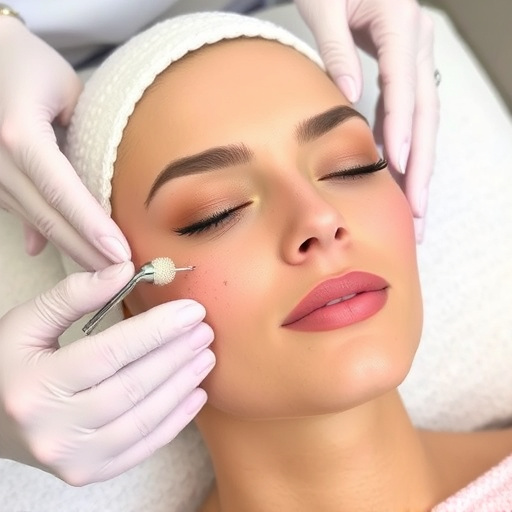
Melasma, often referred to as ‘mask of pregnancy,’ is a common skin condition characterized by dark patches on the face. While it can be concerning, several non-invasive procedures have proven effective in reducing hyperpigmentation associated with melasma. One popular method is chemical peels, which use specialized chemicals to exfoliate the top layer of skin, revealing brighter and more even skin beneath. These peels come in various strengths, catering to different skin types and sensitivities.
Laser hair removal might seem counterintuitive for skin brightening, but specific laser technologies can target melanin-rich areas without damaging the surrounding skin. This non-invasive approach can help fade melasma spots and improve overall skin tone. Another innovative procedure gaining traction is body contouring, which, while primarily focused on shaping, can also enhance skin texture and tone through precise treatments, providing a more even complexion as a secondary benefit.
Melasma, often referred to as the ‘mask of pregnancy,’ can affect anyone, regardless of skin type. While understanding its causes is a crucial first step, finding effective melasma treatment options is key to restoring an even complexion. From topical creams to non-invasive procedures, this article has explored diverse strategies to combat hyperpigmentation. By choosing the right approach based on your skin’s needs, you can bid farewell to melasma and reclaim your radiant skin.






